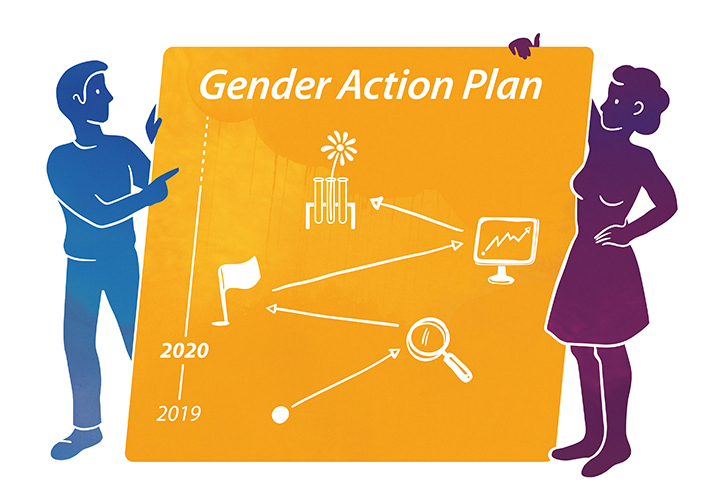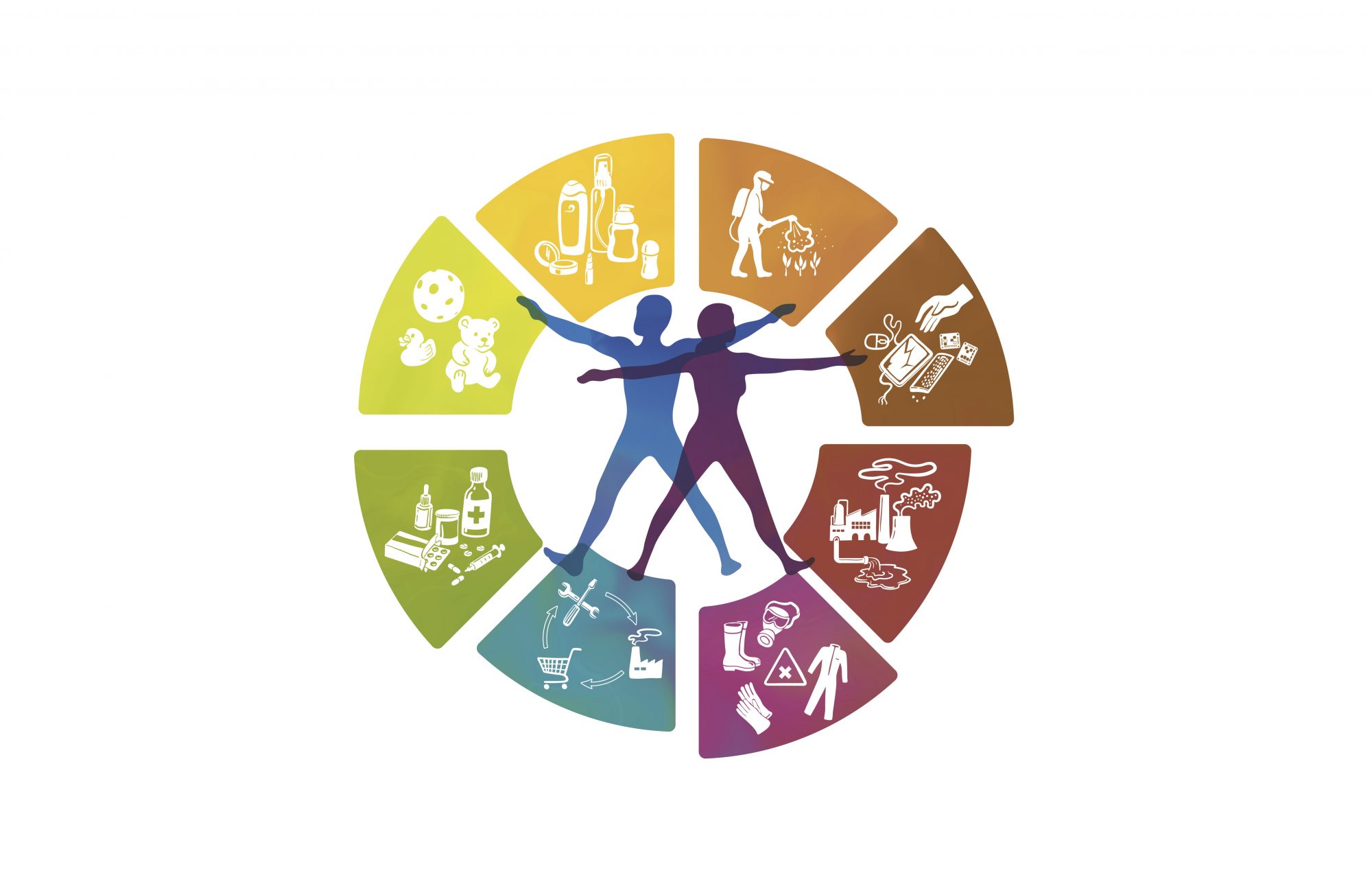#Explanation – Blog series: How to create a gender-just healthy planet

A “Gender Action Plan” (GAP; or “Plan for Gender Action”) is the road map for gender activities that an institution has adopted for itself. Its purpose is to make the institutions’ activities “gender responsive and transformative, and thus more effective, efficient and successful“ (UNCCD 2018) by redressing existing gender inequalities and re-defining womens and mens gender roles and relations through guidance on gender mainstreaming. The basic ideas of a Gender Action Plan are that policy interventions decrease women’s burden and that women not only contribute, but also benefit from it (ibid). Therefore, its objectives are:
- to develop, or deepen, the understanding on the issue of gender within the institution;
- to ensure that the policy programs and activities include a gender perspective;
- to promote the considerations of gender issues at all policy levels; and
- to support staff in achieving a sustainable work-life balance (see e.g. BRS 2016).
Generally speaking, the key elements of a Gender Action Plan include:
- Vision
- Principles
- Policy objectives
- Time-bound targets to be achieved (short- and long-term)
- Outputs to achieve policy objectives
- Stakeholder responsibilities
- Mechanisms for Implementation (working with women organizations, mobilize financial resources, reporting and monitoring, etc.).
- Priority areas of actions (as identified during gender assessment)
- Resources needed/budget planning
How to develop a gender action plan?
The first step is always a gender analysis with a gender impact assessment. After carrying out this assessment, you hopefully will have in hand a list of identified gender gaps. Now, the task is to prioritize these gaps depending on various factors, for example: the urgency of the problem, global relevance, access to financial resources, time, etc. On the basis of a list of prioritized gender gaps you can engage your stakeholders in a participatory process to formulate a vision of a gender-responsive/transformative policy – like the BRS-GAP Vision: “Gender equality is an integral part of the implementation of the Basel, Rotterdam and Stockholm conventions, including the secretariat activities“ (BRS 2016).
Then, the real work begins: it is time to develop the gender-responsive policy objectives, short and longtime time-bound targets and outputs – that is, clear statements on what you want to achieve until when, how you want to do this related to the mandate of your institution, who is responsible, and how much human and financial resources have to be allocated to it. In case you were able to identify urgent policy problems during the gender impact assessment, it is recommended to use these as prioritized areas of action.
Several UN Conventions and Organizations have their own Gender Action Plans: The CBD Convention welcomed their first Gender Plan of Action already in May 2008. The BRS Secretariat developed their Gender Action Plan in 2013, the UNCCD in September 2017 and the latest milestone for feminist policies was the United Nations Climate Change Conference in November 2017 (COP23), when the first UNFCCC Gender Action Plan was adopted – just to name a few. An increase of women’s participation in policy processes, the development and implementation of diverse gender actions and projects as well as an increase of gender equality considerations in national policy plans are some of the positive results achieved through Gender Action Plans until now (IUCN Gender Global Office 2018a).
A future framework on the sound management of chemicals and waste needs a Gender Action Plan!
“Gender Action Plans can serve to unite policies, programmes and stakeholders/staff around a common issue—and, specifically, map steps necessary to meet a goal.” (IUCN Gender Global Office 2018b)
By using the experiences of other sustainable development related institutions with Gender Action Plans, SAICM Beyond 2020 needs to developed a Gender Action Plan in consultation with governments, international organisations and stakeholders as the basic frame for gender activities, in order to create a gender-just healthy planet.
other #explanation blogs:
- What is Gender Mainstreaming?
- What is a Gender Focal Point?
- What is a Women and Gender Caucus? (coming soon)
References and links to several Gender Action Plans:
IUCN Gender Global Office (2018a): EGI Analysis & Knowledge Products. Global Gender Office. http://genderandenvironment.org/egi/information-knowledge-products/
IUCN Gender Global Office (2018b): Gender Action Plans. Gender Global Office. http://genderandenvironment.org/work/gender-action-plans/
UNAIDS: http://www.unaids.org/en/resources/documents/2018/jc2925_unaids-gender-action-plan-2018-2023.
UN Convention to Combat Desertification (UNCCD 2018): https://www.unccd.int/actions/gender-action-plan
UN Convention on Biological Diversity): https://www.cbd.int/gender/action-plan/.
UN Framework Convention on Climate Change: https://unfccc.int/topics/gender/the-big-picture/introduction-to-gender-and-climate-change.
Basel, Rotterdam and Stockholm Conventions (BRS 2016): http://www.brsmeas.org/Gender/BRSGenderActionPlan/tabid/3652/language/en-US/Default.aspx.

very clear and helpful
Very helpful.